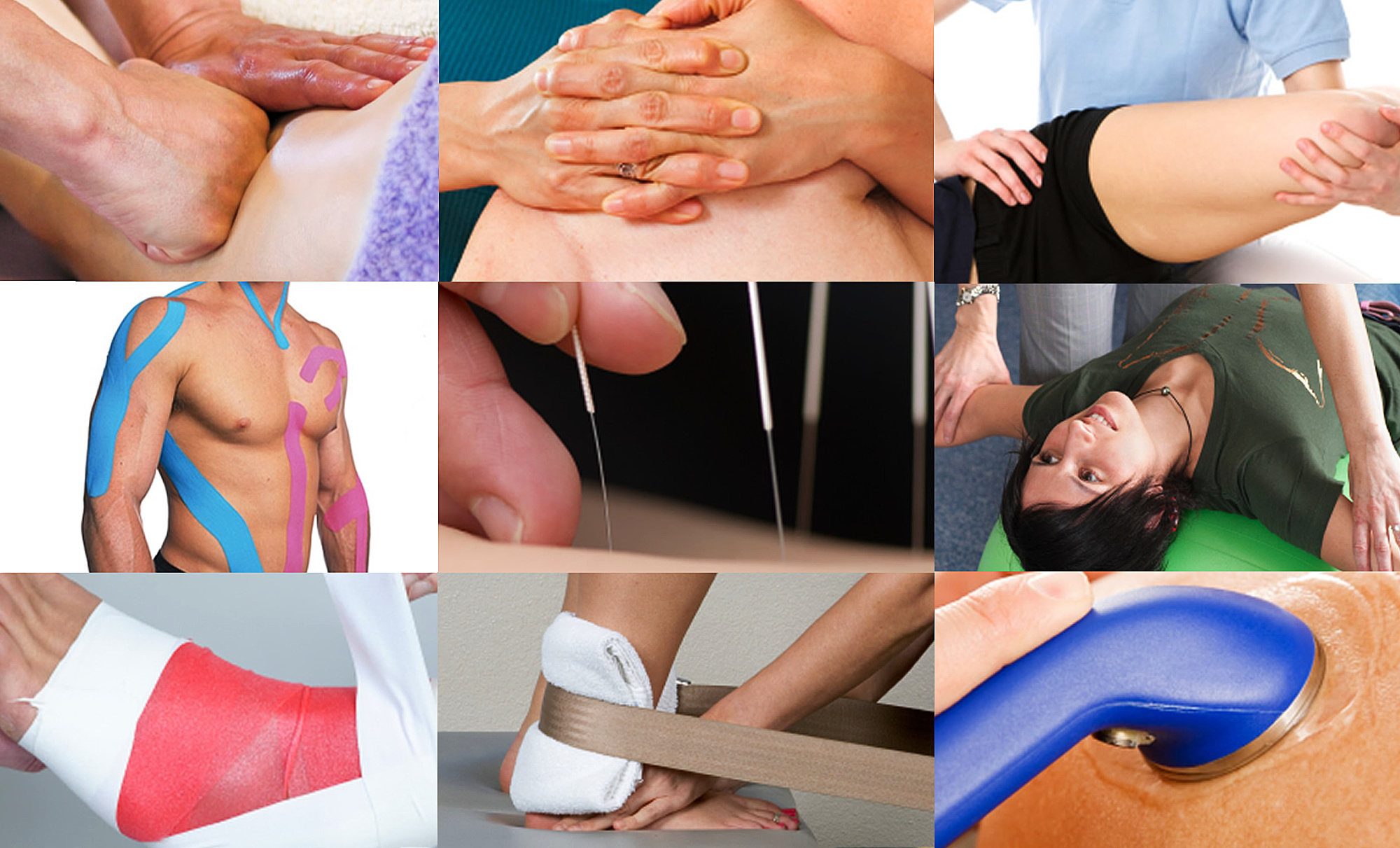JOINT MOBILISATIONS
WHAT IS IT?
Due to various factors such as stress, age, bad posture, etc. joints can become fixated. Fixated joints can be painful, and they create tension in nearby muscles. Joint mobilisation helps to release these compressed joints and relax the surrounding muscles.
HOW DOES IT WORK
Joint mobilisation consists of small passive movements, usually applied as a series of gentle stretches in a smooth, rhythmic fashion to the individual joints. It involves moving the joints in such a way that a small movement of the actual bone surfaces takes place. In this way, joint mobilisation improves mobility in areas that currently have less than normal movement. Tight muscles, stiff ligaments, or problems in the joints themselves may cause the decreased movement. If pain is associated with this decreased movement, loosening up the structure that causes the restriction can often relieve the pain. In addition, certain stretching and strengthening exercises are performed to prevent the pain from returning. Patients are also taught how to prevent the pain from re-occurring.
WHAT ARE THE BENEFITS
Joint mobilisation can help in relieving pain and releasing tension from areas such as the head, neck, ankles, feet, pelvis, wrists, ribs, and spine. It is widely used to in the treatment of sports related injuries. Joint mobilisation has also proven to be effective in treating movement impairment in physically challenged and the elderly. It is especially effective in the treatment of arthritic joints.
IS IT SAFE?
Joint mobilisation is safe because it is done slowly and the patient has the opportunity to stop the procedure if it becomes uncomfortable. Therapists perform a full assessment of the nerve supply, bone and muscle, in the area to be mobilised, before proceeding with the actual mobilisation. Overall, joint mobilisation is a safe, gentle, and effective method of physical therapy.
Explicitly joint mobilisation technique should be helpful for people with arthritis for example in the elderly.

